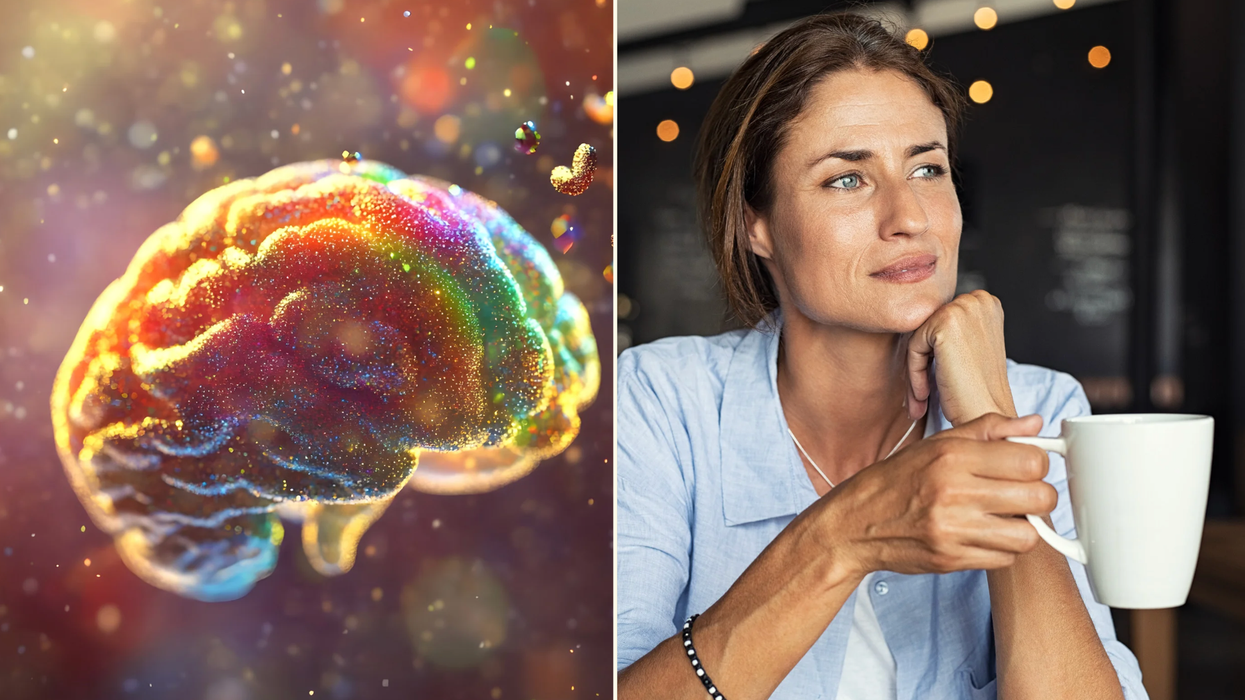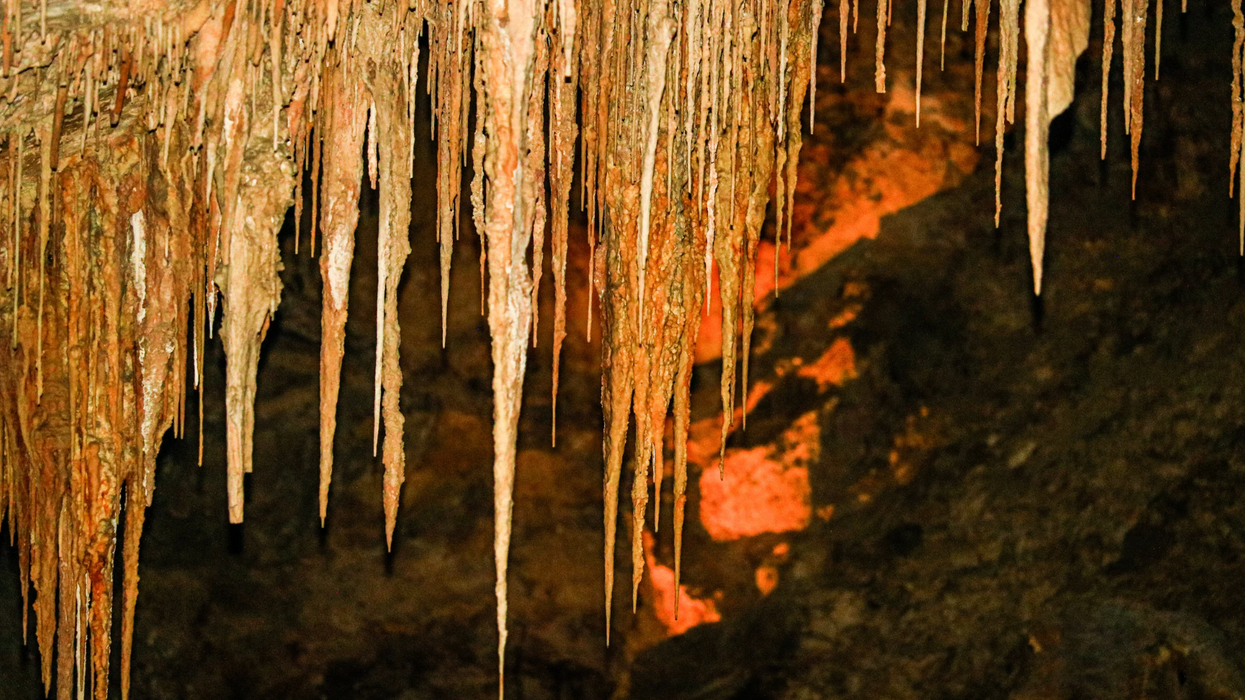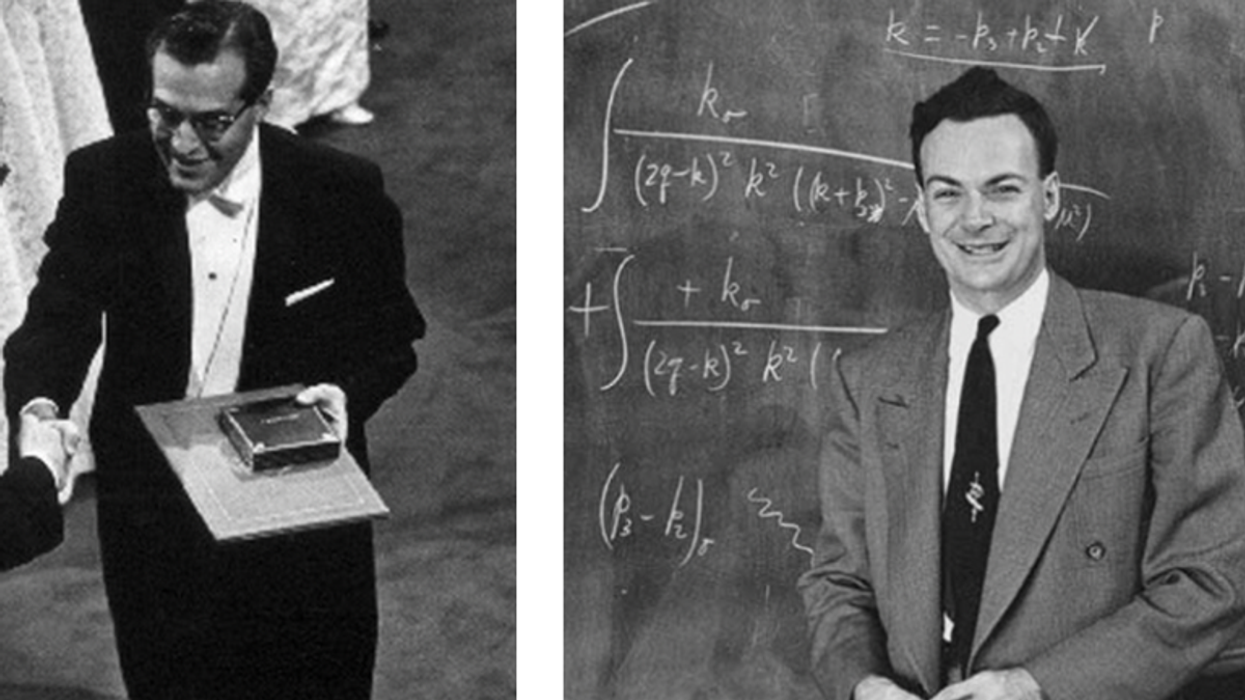In San Antonio, a 5-year-old boy is molested by his stepfather. By the time he is 14, he has been abused and exploited by a child-sex trafficking ring for most of his life. In Denver, a 13-year-old girl and her best friend are pimped out to gang members by her drug addicted mother. Across the country in New York, an aunt receives a desperate call from her 16-year-old niece and 18-year-old nephew, who tell her that they want to leave their jobs in a traveling sales crew but fear retaliation from crew leaders if they leave. They explain that if they don’t meet their quota, they are punished with physical violence, deprived of basic necessities like food and water, or abandoned on the side of the road. All of these children are U.S. citizens. All of these children are victims of human trafficking.
Across the United States, children, women, and men are victims of human trafficking. Victims can include both U.S. citizens and foreign nationals. Most U.S. citizens who are victimized are trafficked for sex, with pimp-controlled prostitution being the most common form of sex trafficking. They can also be exploited in pornography, strip clubs, and escort and massage services. But labor trafficking is rampant, too. Victims can be found in restaurants and bars, the tourism industry, and janitorial and agricultural work. And, like one aunt discovered, they can even be forced to work in traveling sales crews.
Human trafficking has been likened to modern-day slavery, subjecting its victims to forced labor, prostitution, begging, migrant farming, forced marriage and more. Trafficking is a business, generating an estimated $32 billion a year in profits. It is estimated that 5.5 million children are victims of trafficking around the world today: twenty-six percent of the total number of victims of human trafficking.
Though some may be aware of the fact that human trafficking exists, rarely do we believe that it is happening in our own backyard, let alone to our own citizens. But according to the Polaris Project, which runs the National Human Trafficking Hotline (1-888-3737-888), trafficking has been reported in all 50 states in the U.S. These exploited people are hidden in plain sight.
In spite of all of this, there is hope.
Last week, President Obama proclaimed January to be National Slavery and Human Trafficking Prevention Month. And today, January 11, is the day to raise awareness.
In honor of this month, we at the End Trafficking project have launched a public awareness campaign. Our objectives are to raise awareness about child trafficking and mobilize people everywhere to take action to help protect children. We are working together with concerned individuals and groups to raise awareness of and put an end to this horrible practice.
Our campaign declares that UNICEF believes in a world with zero exploited children, zero children suffering from violence, zero trafficked children. This important message will be distributed nationally through TV and radio announcements, social media, print ads, and mall posters. Screenings of the documentary "Not My Life" will be held in several cities, along with Google+ Hangouts to promote campaign features.
Because trafficking is such a complex and far-reaching issue, we are asking you to get involved as well. There is so much you can do:
- Watch and share our new PSA on child trafficking, featuring Angie Harmon.
- Implement our teacher resources at a school near you to educate students on child trafficking
- Post Hotline postcards around your neighborhood. Download one here.
- Host a fundraiser to support UNICEF’s Child Protection programs (Download a fundraising toolkit from our Action Center)
- Take the Slavery Footprint survey to learn how the work of exploited people is connected to your lifestyle
- Switch to Fair Trade brands when you shop
- Download our End Trafficking Toolkit with over 20 ways that you can take action in your own community
Help out by learning, raising awareness, and taking action—and do your part to one day make the number of children who are abused, exploited, and trafficked zero.
If you or someone you know has been affected by trafficking, or to get information or request training, call the National Human Trafficking Hotline or visit nhtrc.polarisproject.org. Your call is confidential.
















 Otis knew before they did.
Otis knew before they did.